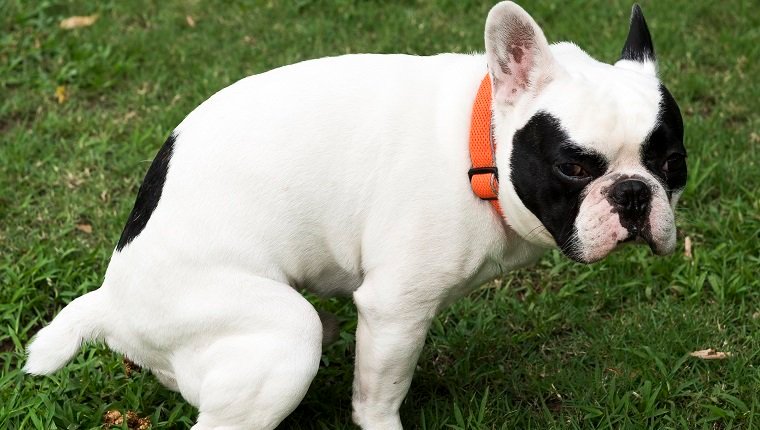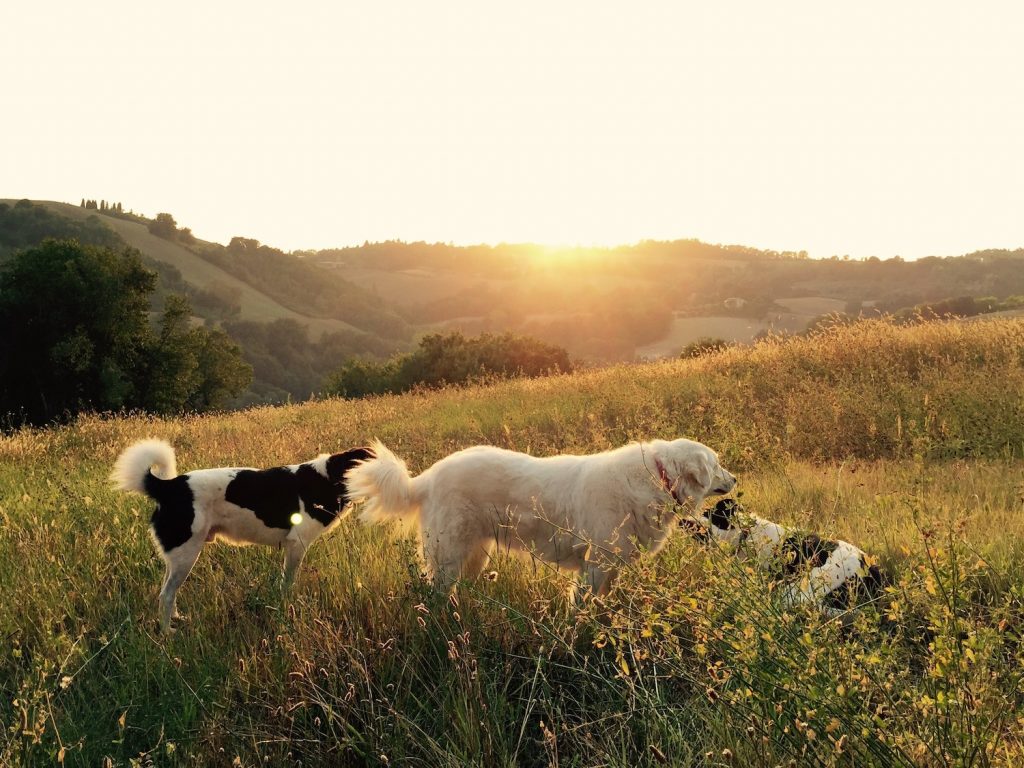
The process of cleaning up a dog’s pee is not an enjoyable task however, getting rid of it is an essential aspect of being a responsible pet owner. If you’ve ever thought about the best method to dispose of the dog’s poop, then you’re not all on your own. Look over the most popular ways to dispose of your dog’s waste to discover which options are ideal for the environment and you.
Then, you can put it in a grave
The idea of burying your dog’s poop may appear like a good option however you could be shocked to find out that it’s actually one of the worst methods of disposing of dog waste. According to the Sierra Club explains the danger of burying dog poop, could contaminate the soil as well as nearby sources of water.
The dog’s poop could contain harmful pathogens, such as Giardia Salmonella, E. coli, Ancylostoma, Cryptosporidium, and Toxocara canis. These pathogens can get into the soil, and eventually contaminate lakes, ponds, and streams along with other water bodies and also the gardens that produce fruits and vegetables for consumption by humans. The idea of burying dog waste in your backyard isn’t a good option. Certain contagious organisms and bacteria can stay within the soil for months, or even years, and could infect your pets and even your entire family of humans.
Then throw it in the garbage

The most efficient method of disposing of dog waste is to collect it using a bag, then discard it in the garbage. It’s a good idea to dispose of the poop in the landfill. may seem to be bad environmentally, but it is actually an excellent solution when you combine convenience and the need to safeguard the soil and the water supply from contamination. This is the reason it’s a great practice to keep poop bags to take along when walking your dog. Be sure to never leave your poop-filled, knotted bags on the pavement, and don’t count on anyone else to collect them for you. Make sure to take the dog’s waste and dispose of it at home, or place your bag into a garbage container.
If you are worried about all those plastic bags for poop going to the garbage can make you cringe There’s a quick method to reduce your carbon footprint in the process of throwing your pet’s urine in the trash. Pet stores and online retailers offer alternatives to plastic bags, including flushable bags and biodegradable/compostable bags. Poop bags that can be flushed are made from a particular material that softens when wet. They should disintegrate easily when you flush them. However, some brands do better than others and may cause problems with the plumbing system if they do not dissolve quickly enough.
The biodegradable bags for pooping are designed to be used to compost. Contrary to what many believe biodegradable bags will not be able to break down in landfills. The reason is that biodegradable bags require oxygen for them to degrade. The biodegradable bags that are disposed of that is thrown away in the garbage will remain in good condition just like plastic bags do. But, even the time you dump compostable or biodegradable bags into the garbage They are more sustainable than plastic bags made of petroleum because the bags intended to degrade are constructed of plant material.
Flushing it

It is possible to use the toilet to dispose of one of the dog’s urine however, you must check the guidelines of your local community regarding this. However, this method could be messy when you think about the method you’ll use to scoop the poop from the floor and take it to the toilet. The water-soluble doggie poop bags advertised as flushable may assist in this however, you should use them with caution. Similar to flushable wipes designed for humans the flushable bags for dogs can cause clogs as well as other plumbing issues in the event that the bag does not dissolve fast enough.
Composting it
In the case of disposing of dog waste, your best alternative in terms of environmental impact is to compost it is a unique method of containing the poop and assisting it breaks down so that harmful pathogens can be eliminated. Composting dog poop is a fertilizer when it is added to the soil of your garden, but it is best used only to create ornamental gardens, not for gardens for food production that yield vegetables and fruits. It is crucial to compost properly, use the correct equipment and equipment, and keep it maintained in a proper manner.